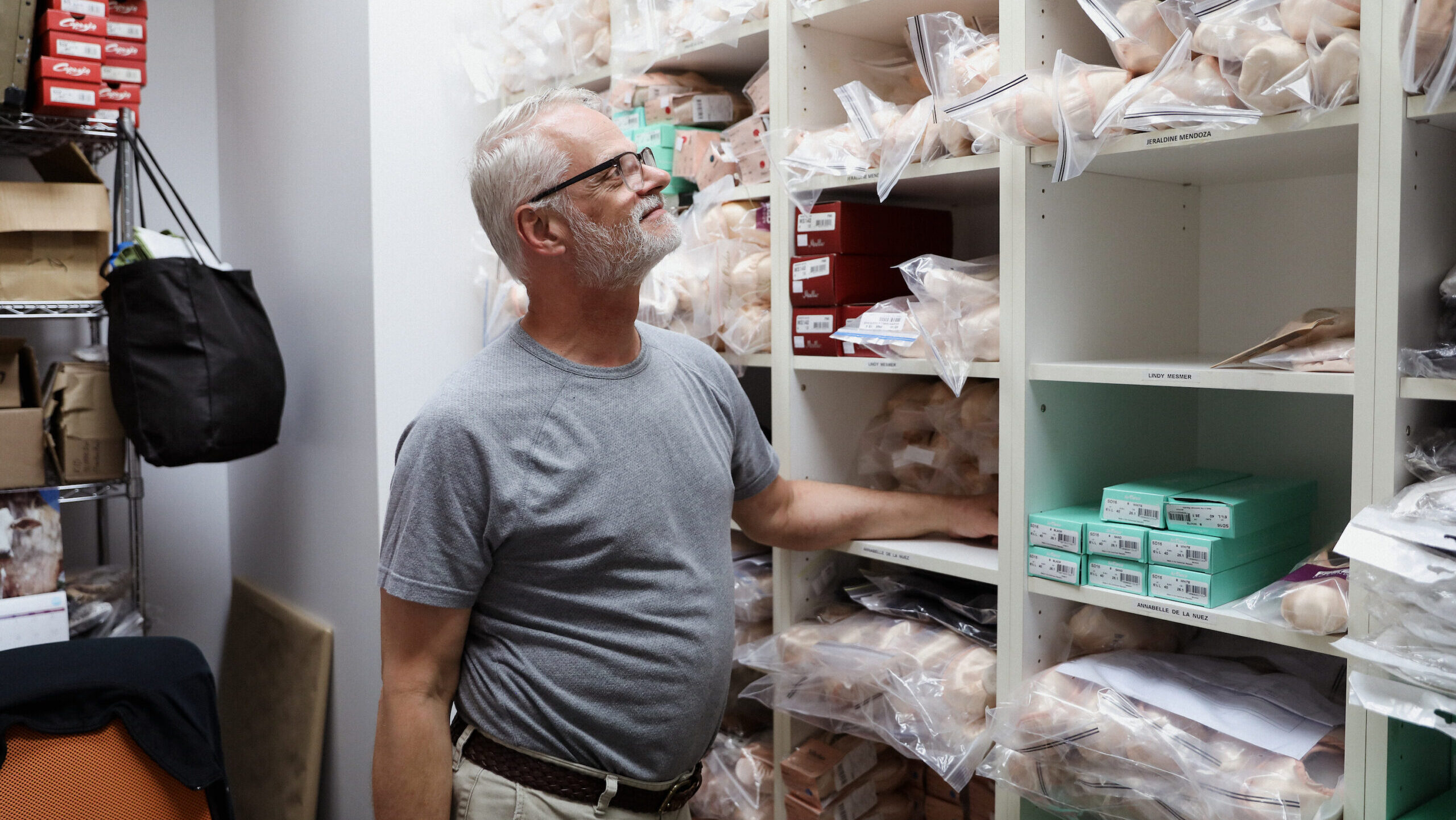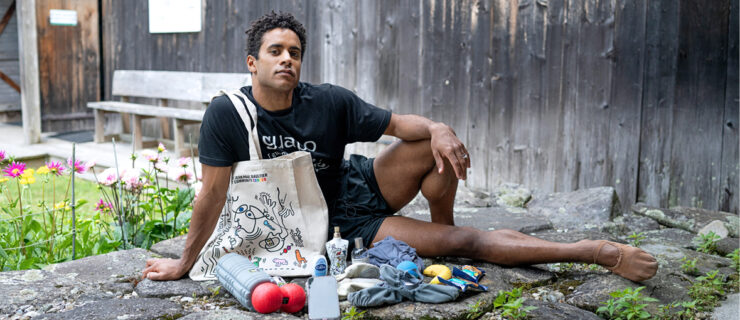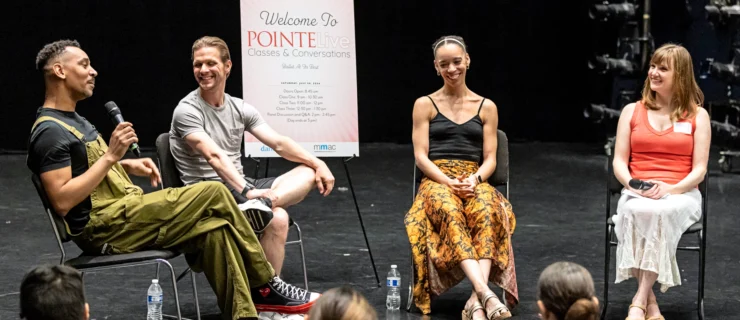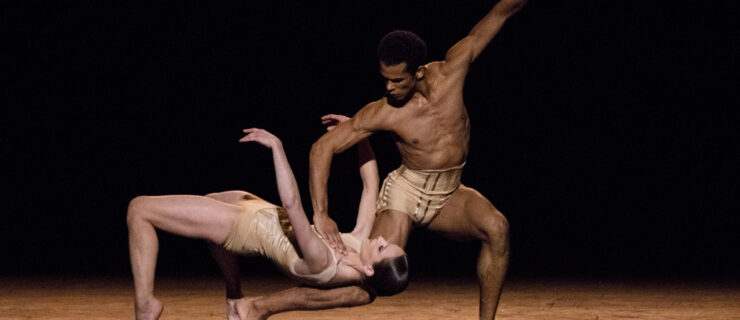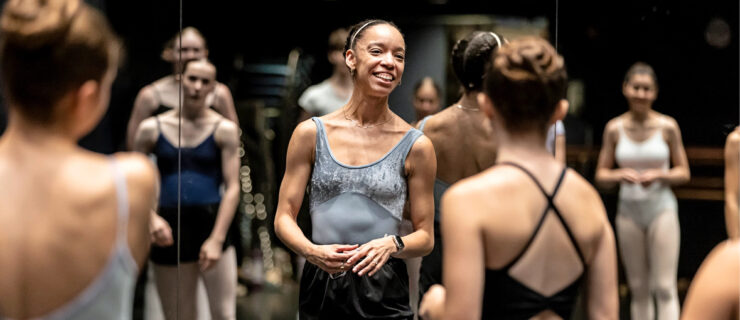How Shoe Managers at Ballet Companies Keep Dancers on Their Feet
Whether it’s pointe shoes, character shoes, or sneakers, a dancer’s footwear is crucial to their performance. Behind the scenes, shoe managers work to outfit artists with the shoes that will allow them to dance their best in the studio and onstage. Read on to learn more about how they ensure their dancers are equipped for success.

A Head With Many Hats
The main responsibility of a shoe manager is to order and organize most, if not all, of the shoes worn by company dancers. This includes pointe shoes, ballet slippers, jazz shoes, and character shoes. Depending on the company, they may also manage boots, sneakers, socks, and any other type of footwear a production might require. They’re also responsible for organizing the shoe room and doing inventory, which is no small task. For example, dancers at Pacific Northwest Ballet “average 80 pairs of pointe shoes a season” according to PNB’s shoe manager, Sandy Barrack. (The company will have 26 pointe dancers this season, for a total of 2,080 pairs of shoes.)
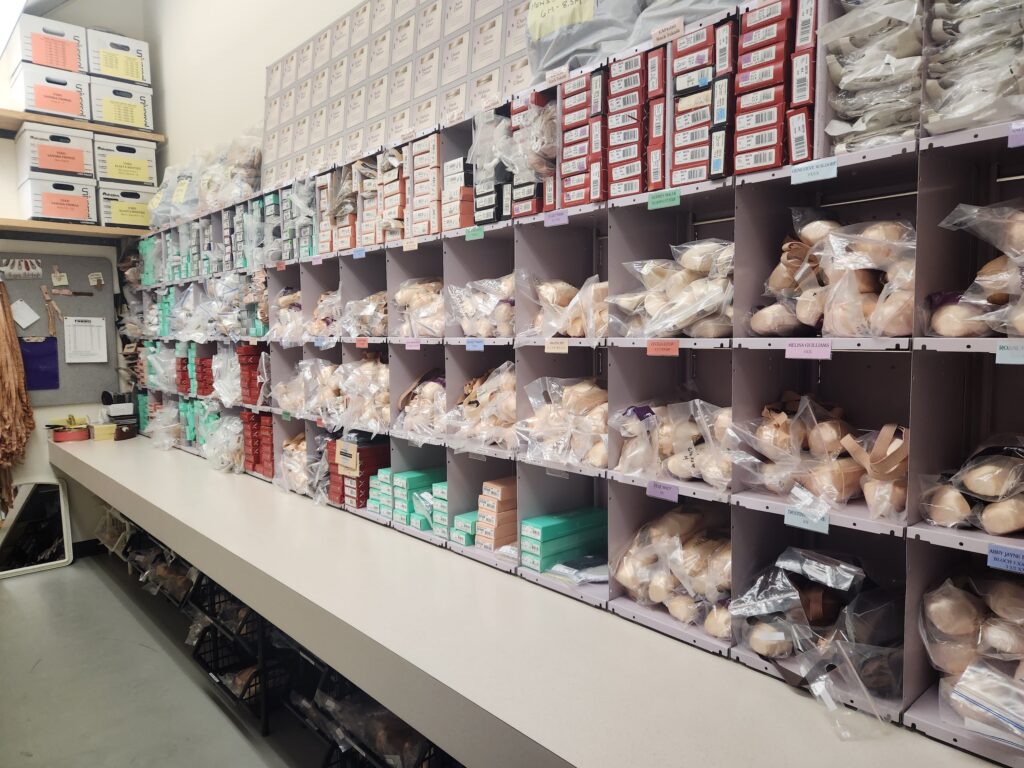
Often shoe managers have more than one role at their company. Barrack is PNB’s production stage manager, so her shoe responsibilities fall under that job title. At The Joffrey Ballet, shoe manager Gregg Benkovich also works on wardrobe in the costume shop, while Boston Ballet’s shoe manager, Kathleen Mitchell, is both the artistic liaison for Boston Ballet School and the director of its graduate program. In smaller companies, the job is sometimes taken on by one of the dancers.
The responsibilities within the role may also differ from company to company. Some only order and organize shoes, while others may also dye ribbons and elastics and prepare footwear in other ways. And the managers themselves often come from a variety of backgrounds—some may be former dancers, while others have experience in production and theater but have never taken a ballet class or worn a pointe shoe.
Given the unique requirements at the heart of the job, the shoe managers at many North American ballet companies have developed their own support system. “We have a little network,” Mitchell says, referencing an email list that many of them belong to. There, they share extra shoe inventory and information (handy when a dancer’s preferred size or maker is in low supply), and ask questions such as how to best dye stretchy ribbon, where to order certain specialty shoes, or who to contact at a particular company. “We’re all out to help each other,” Barrack says.
Trying to Predict the Future
The biggest challenge shoe managers face is keeping dancers stocked with enough wearable pointe shoes. Since most are handmade, they may take months to arrive. “I’m ordering two or three seasons ahead of where I am now,” Benkovich says. “I may know the next season, or the one after that, but I certainly don’t know the casting. I may not know exactly what the shoe needs are. It’s kind of like trying to have a crystal ball and see the future.”

When placing orders, managers must consider: the upcoming season, what roles dancers may be performing, how quickly dancers go through their shoes, who is injured or coming back from an injury, custom shoe requests, and, most importantly, what the estimated wait time is for certain brands and makers.
Many strategize to avoid getting overwhelmed. “I keep very good records and have a solid spreadsheet,” Mitchell says. But even with careful, extensive planning, sometimes the ability to get a dancer the shoes they like is simply beyond a shoe manager’s control. “Having to say, ‘I’m really sorry, but 15 months from now I’m not going to have enough of the shoes you want’—I hate having to give that message,” Barrack says.
Managers also carry a large financial responsibility towards their company due to the high price of pointe shoes and other specialized footwear. “The value of what is in our shoe room is $330,000 to $340,000 at any given time,” Barrack says. And while shoe managers want to do all they can to support the dancers, they sometimes have to hold their ground and ask company members to use up the inventory they already have before trying something new. “I do have a role to also try to not waste too much money,” says Barrack.
A Helping Hand
Along with ordering and preparing shoes, managers assist dancers with their various footwear needs. Effective communication is a key component of the job, whether it’s discussing adjustments to a customized order or noting if a certain ballet slipper didn’t work for someone. “They always know that I’m listening to what they have to say. I think that’s hugely important,” Barrack says. Benkovich agrees: “The bottom line is I don’t have to wear them. I don’t have to work in them. They do.”
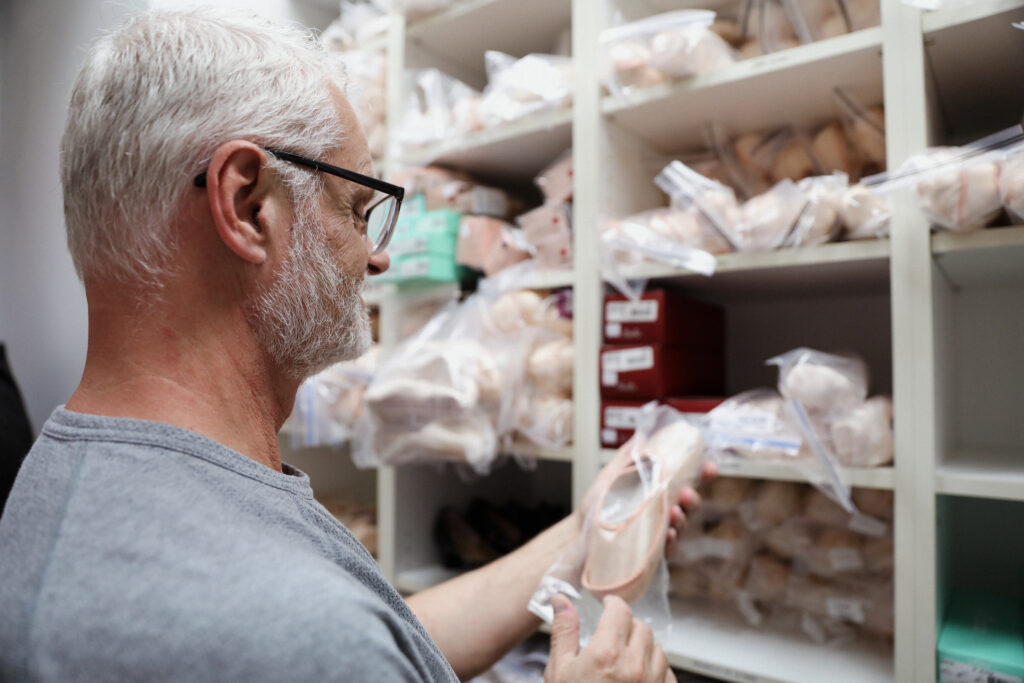
Supporting dancers’ achievements is the most rewarding part of the position, says Mitchell. “I enjoy trying to help them find a solution to what’s on their feet, because it’s really, truly, the only tool that they have,” Mitchell says. When Benkovich sees the dancers perform, he feels satisfied knowing that he had a hand in making it happen. “Something very specific and unique, as far as being a shoe manager, is that you’re one of a handful of people in the world that do this. That’s kind of cool.”
